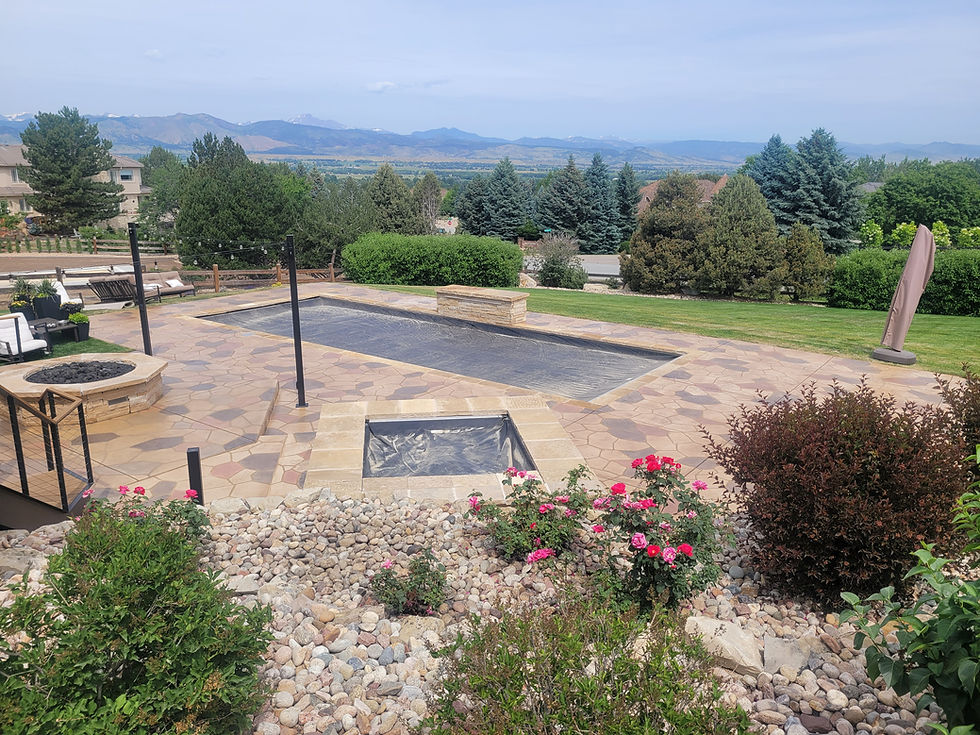Signs Your Concrete Needs Resealing
- Damian Bagby
- May 9
- 2 min read
Stamped and decorative concrete is a major investment — and one that should look great for years. But just like anything exposed to Colorado’s sun, snow, and temperature swings, your concrete needs regular maintenance to keep performing and looking its best. Resealing is key. So how do you know when it’s time? Here are the most common signs:
1. Dull or Faded Color
One of the first signs is fading. If your stamped concrete no longer pops like it used to and looks washed out, your sealer is likely worn down. A fresh reseal brings that color back to life — whether you're using a clear coat, an antique release, or a tinted sealer.
2. Loss of Gloss or Wet Look
Many customers love that rich, glossy finish a new seal gives stamped concrete. If that shine is gone and the surface looks flat or chalky, it’s time to reseal. We use high-quality solvent-based acrylics to restore that vibrant, wet look.
3. Water Absorbs Into the Surface
A sealed concrete surface should repel water. If water darkens the concrete instead of beading on top, your sealer has broken down. This is especially important in Denver where freeze-thaw cycles can cause surface damage if water gets in.
4. Flaking, Peeling, or White Haze
If your sealer is peeling or leaving a milky residue (called "blushing"), it may have been applied too thick or trapped moisture underneath. We can strip off failed sealers, correct the problem, and reseal it properly.
5. Slippery or Unsafe Surfaces
Old sealer can lose its grip, especially when wet. We offer solutions like adding silica sand during resealing for added traction — a big plus for pool decks, patios, and walkways.
Don’t Wait Until It’s Too Late
Once your concrete starts to erode or spall, resealing may no longer be enough. That’s why we recommend resealing every 2–3 years depending on sun exposure and use.
Need a professional opinion? We’re happy to take a look and recommend the best approach — from resealing to full restoration.
📍 Serving Denver and surrounding areas.
📞 Call Concrete Sealers today for a free estimate!



Comments